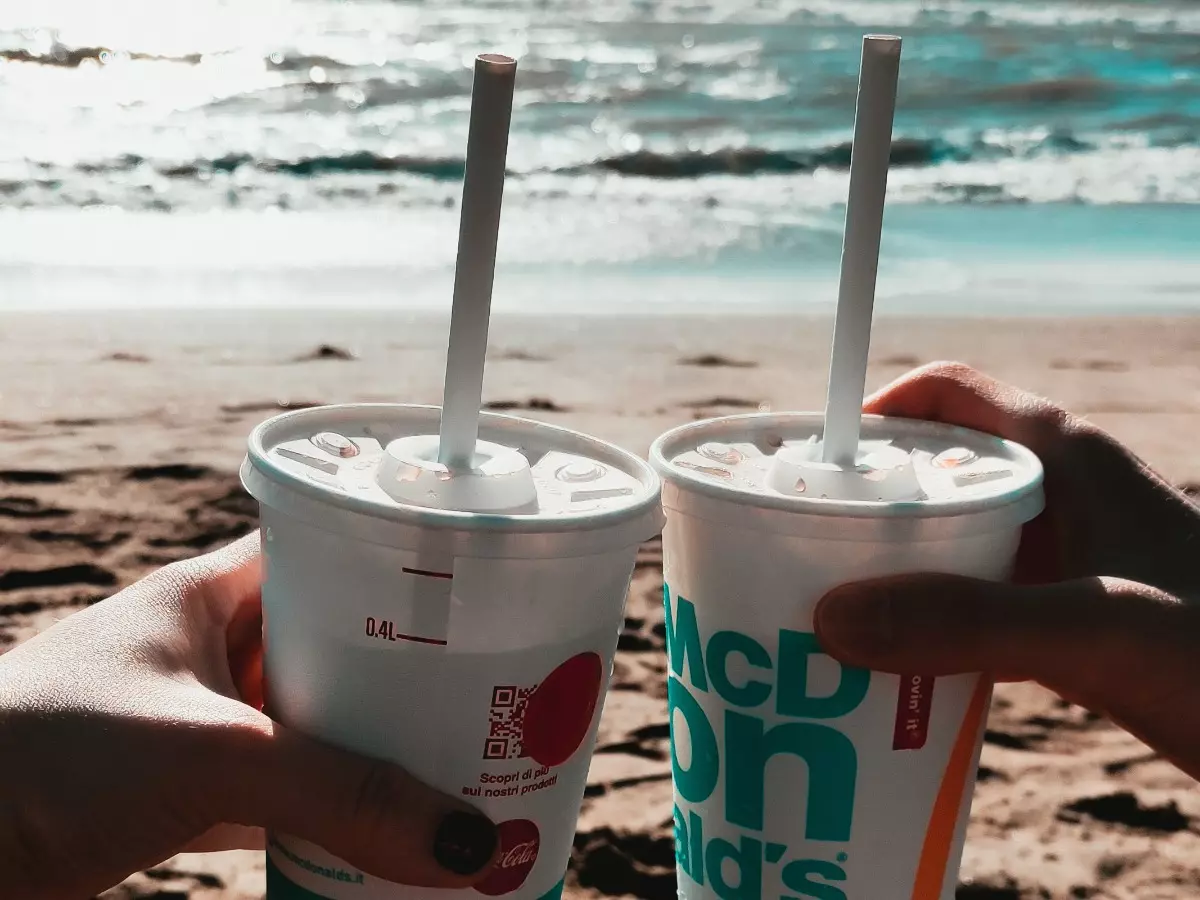Here's The Real Reason Why McDonald¡¯s Coke Tastes So Different
Every aspect of the process, from the storage containers for Coca-Cola syrup to the choice of straws, has a purpose.

For those who love food, the combination of crispy fries and a refreshing cola is more than just a meal choice. It's a symbol of comfort, a classic duo that brings back memories and a sense of contentment.
When you've had a Coke from McDonald's with your Big Mac and fries, you might have noticed it tastes different than a can or bottle bought elsewhere.

It's not unusual to think this way ¨C there's a reason that clarifies the taste mystery we've wondered about for years. But the explanation is not what you might expect.
Every aspect of the process, from the storage containers for Coca-Cola syrup to the choice of straws, has a purpose.
To understand this better, let's return to when the fast-food chain first teamed up with the drinks company.

Coca-Cola's introduction to the McDonald's menu in the 1950s marked the inception of a unique collaboration that birthed distinctive processes exclusive to the chain's operations.
Over time, these processes have evolved into ten distinct factors that explain the divergence in the product's taste when served within the Golden Arches compared to elsewhere.
The first differentiation is that McDonald's Coke isn't pre-mixed like canned drinks.
The fountain coke is mixed the moment it's poured from the tap.

Carbonated water and syrup are stored and dispensed separately by machines, merging only as they flow into your cup. This process is believed to enhance the freshness of the flavor.
Another factor is McDonald's meticulous standardization of syrup measurements, adhering precisely to 40 grams of sugar per small Coke.
This emphasis on consistency extends to the balance between syrup and water, even accounting for melting ice. McDonald's pre-chills its syrup to mitigate dilution, preserving the fizziness of the beverage for longer.
Using steel storage tanks for syrup sets McDonald's apart from other establishments that opt for plastic bags. Why?
 representational Image
representational Image
This decision ensures product freshness and flavor consistency across locations. McDonald's dedication to water quality is evident in its chilled water used to mix the syrup, maintained through insulated tubing to achieve optimal temperature levels.
Higher carbon dioxide levels are maintained for enhanced bubble optimization, contributing to the signature crisp sensation of their Coke.
McDonald's advanced water filtration system guarantees a uniform beverage standard, regardless of the water source. This commitment to quality underscores the essence of each sip.
 Coca Cola
Coca Cola
The packaging itself contributes to the exceptional taste.
The wider straws used by McDonald's enable bigger sips, allowing the beverage to wash over taste buds more efficiently.
Additionally, the plastic cups efficiently trap carbonation, returning the fizziness of the carbonated beverage in a manner distinct from glass or aluminum containers.
So here's why the distinct taste of McDonald's Coke results from a careful orchestration of factors that extend from the moment of creation to the packaging. This multidimensional approach explains why your perception of McDonald's Coke differs significantly from other renditions of the same beverage.
For more trending stories, follow us on Telegram.
